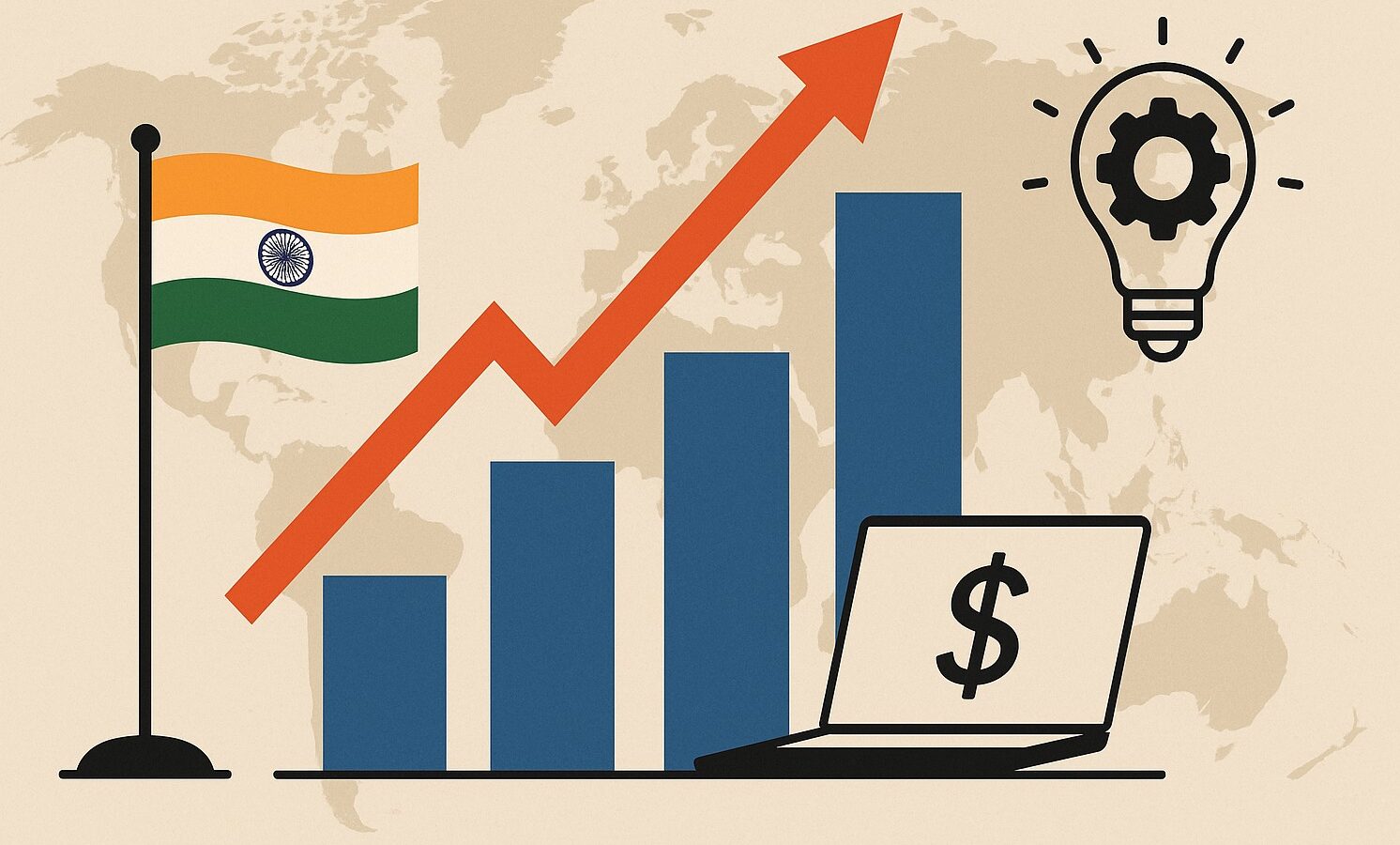The world we live in today is hyperconnected, powered by rapid digitization. In this landscape, conflict isn’t confined to borders; it reverberates through the entire digital ecosystem, influencing everything from consumer behavior and advertising strategies to platform policies and market dynamics. The impact is immediate, multifaceted, and often underestimated for businesses, especially those operating in or relying on digital platforms.
Here is the breakdown of how wars reshape the digital landscape through the eyes of business, strategy, and market impact.
The Impact on Consumer Behavior
When war erupts, it doesn’t just disrupt physical spaces, but also has a huge impact on consumer behavior, which alters how they behave online. As emotions run high, uncertainty looms large, and daily routines are thrown off balance. As a result, consumers naturally shift their attention away from lifestyle, leisure, and shopping toward news, safety updates, and real-time developments.
Digital platforms that once thrived on aspirational content or impulse-driven purchases suddenly see a drop in engagement when the war strikes. Spending slows down, and transactional behavior becomes secondary as people scroll more but click less and prefer staying informed and connected.
For businesses operating digitally, this shift has real, measurable consequences:
- Impact on the Spending: During the war, consumer spending declines in conflict zones as people prioritize their essentials over discretionary purchases
- Engagement Becomes Passive: The wars have shown a passive pattern in users’ browsing, which is without taking action that directly impacts CTR and conversion rates
- A Shift in Attention: During the crisis, the user’s attention shifts from entertainment and e-commerce to news, crisis updates, and safety resources
- A Dip in Performance Metrics: E-commerce and ad platforms like Meta, Google, and Amazon see a dip in performance metrics in the affected regions
- Brands’ Experience Reduced ROI: The war also impacts the brands in terms of reduced return on investment, due to the pause in ongoing campaigns or a change in their messaging strategy entirely
Impact on Marketing & Advertising
The unpredictability of war forces businesses to think on their feet. To protect their brand image and make the most of their marketing budgets, many advertisers choose to pause campaigns in conflict zones and shift their focus to more stable, reliable markets where their message can land safely and effectively.
Also, the tone of messaging shifts significantly, moving away from aspirational or upbeat content to more empathetic, neutral, or informative narratives.
To protect brand image, companies also take extra precautions to avoid ad placements near disturbing or politically sensitive content. This collective caution impacts overall ad performance, leading to short-term CPM fluctuations as global demand and inventory shift.
Here’s how the shift typically unfolds:
- The Paused Ad Campaigns: In the conflict-hit regions, the brands pause their branding activities to avoid insensitivity and poor ROI
- Ad Platforms see CPM volatility: With prices dipping or rising based on shifting global demand, the Ad platforms see Cost Per Mille volatility
- Campaign Messaging is Toned Down: The messaging becomes more neutral, empathetic, or supportive in tone
- The Reallocation of Budgets: During wartime, advertising budgets are usually reallocated to safer markets with more consistent engagement and stability
Impact on Digital-first Businesses
For digital-first businesses like e-commerce, OTT platforms, tech-based transport, SaaS, etc., war zones don’t just pose physical threats; they disrupt the very infrastructure these companies rely on.
Internet discontinuation, damaged telecom networks, restricted payment systems, and broken logistics chains can bring operations to a standstill.
- Restricted Cross-border Payments– Due to sanctions or banking shutdowns
- Broken Logistics Chain– Impacting e-commerce, D2C, and export-focused brands
- Internet Blackouts: Reduced digital accessibility affects SaaS players, fintech startups, online retailers, and content providers alike
Impact on Investment & Valuation
War brings global market volatility and rattles investor confidence, especially in emerging markets and high-risk sectors like tech.
Key effects include:
- Startup funding dries up in impacted regions
- Public tech stocks swing dramatically based on conflict updates
- Valuations adjust downward for companies exposed to conflict zones or global supply chains
For founders and growth-stage companies, this means delayed fundraises, tighter burn management, and revised go-to-market strategies.
Wars may start on the ground in an offline mode, but they have a ripple effect through the digital world. For businesses, the online landscape during conflict becomes unpredictable, costly to navigate, and highly sensitive, where one wrong move can damage brand trust.
Yet, amid the chaos, there’s also room for resilience and reinvention. The brands that succeed are those that stay agile, well-informed, and empathetic, because in times of crisis, how a company responds doesn’t just reflect its strategy, it reveals its values.
Read More: The Iran-Israel Conflict: What’s at Stake for Indian Businesses?

























